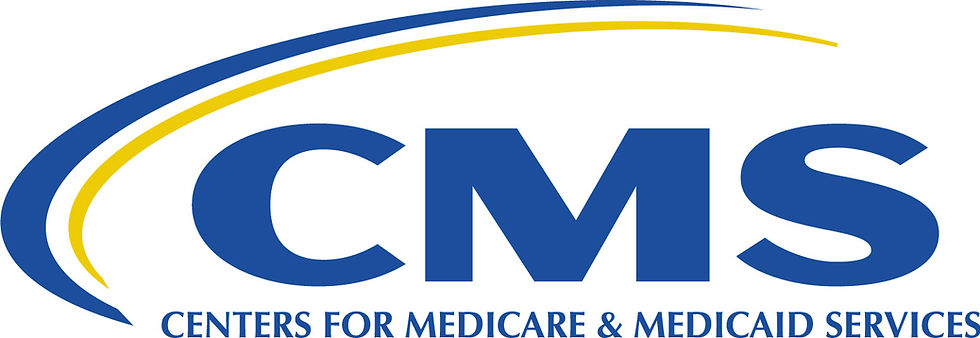MCDA Publishes Second Report on Extended External ECG Payment Policy
- James Muller
- Dec 30, 2020
- 3 min read

In December, CMS published the Physician Fee Schedule 2021 final rule, in which CMS declined to finalize their initial August proposal to reimburse extended external ECG scanning analysis & report services under the standard methodology. CMS stepped back from their initial proposal because of public comments from MCDA and others pointing out that the proposal violated CMS’s own methodology and principles, that better data were available than CMS had relied on in that proposal, and that proposed payment rates were far in excess of what Medicare would normally pay. This sends the reimbursement decision back to the Medicare Administrative Contractors (MACs) in 2021.
Following MCDA’s October 2020 public comment and technical report on the situation, and the considerable noise in the debate on appropriate payment policy for these services, MCDA has produced a second report for CMS and the MACs on the policy issues and considerations. As well, we have analyzed historical payments to estimate how much higher they were than if CMS’s standard methodology and principles were used to pay the services – $165 million since 2015 – a significant amount of money from the Medicare Trust Fund ($130 million) and beneficiary co-payments ($33 million) that would not otherwise have been spent.
Our new (second) report can be downloaded here:
Our (previous) October public comment and technical report can be downloaded here or here:
The main points from the new report are:
CMS continues to assess appropriate reimbursement while they delegate the immediate payment rate decisions back to the Medicare Administrative Contractors.
Both CMS’s initial proposal and prevailing MAC payment rates are excessive with respect to CMS’s standard rate-setting methodology and principles.
Billing providers’ indirect costs must not be included in their service’s direct inputs under the standard CMS methodology and principles. Doing otherwise is bad Medicare payment policy.
Arguments of high direct costs are not supported by data or fact. The only way to attain high scanning analysis and report payments under CMS’s standard methodology is by including unambiguously indirect costs – particularly sales and marketing and corporate overhead costs – in the direct inputs.
Arguments of clinical value justifying high reimbursement rates are not applicable to CMS’s statutory task of setting practice expense rates based on practice expense resources incurred.
Extended external ECG services can be appropriately reimbursed under the standard CMS methodology and principles without any special treatment.
Assertions that CMS should follow the RUC recommendations with little modification ignore the fact that the RUC is exclusively an advisory body for CMS’s own design work; that the RUC did not have access to extant and relevant invoice data in their review; and that they did not appear to know that most extended ECG patches are reusable medical equipment rather than one-use supplies. CMS should specify the direct inputs based on what they assess is good Medicare payment policy, and not feel they must adopt hedged summary recommendations from their most important advisory source.
BioTelemetry’s extended external ECG system (ePatch™ 2.0) is appropriate for use in developing extended external ECG direct inputs. iRhythm has incorrectly asserted it is not. If CMS’s standard methodology and principles are adhered to, iRhythm would likely experience higher reimbursement from CMS using BioTelemetry’s invoice data rather than iRhythm’s cost data to specify direct inputs. National total payments would be almost identical regardless of which data source is used to specify the direct inputs.
While CMS grants the MACs wide latitude to set rates for new services generously, the time has passed for Extended External ECG to receive payments beyond what would normally be attained under the standard CMS methodology and principles. iRhythm reported a gross profit margin of 76% for 2019 that it primarily reinvested in sales and marketing and corporate overhead activities.
If the MACs – particularly Novitas – continue paying elevated rates for Extended External ECG scanning analysis & report services, it is at the ongoing and significant cost to the Medicare Trust Fund and Medicare’s beneficiaries. This problem is overwhelmingly centered around Novitas’s jurisdiction. If Novitas sustains its historical payment rates into 2021, CMS should propose and finalize the deferred payment rates as soon as possible while adhering to their own standard methodology and principles.




Comments